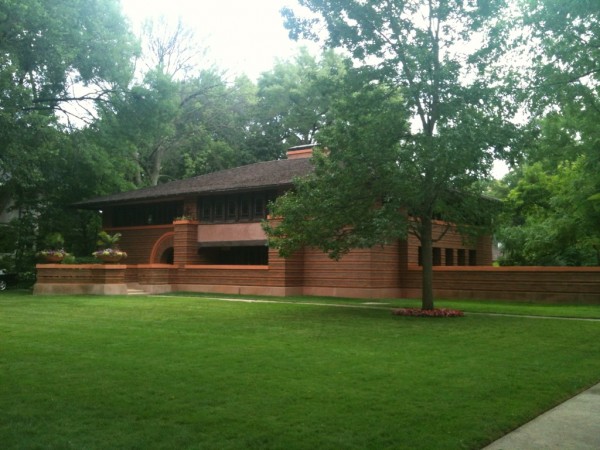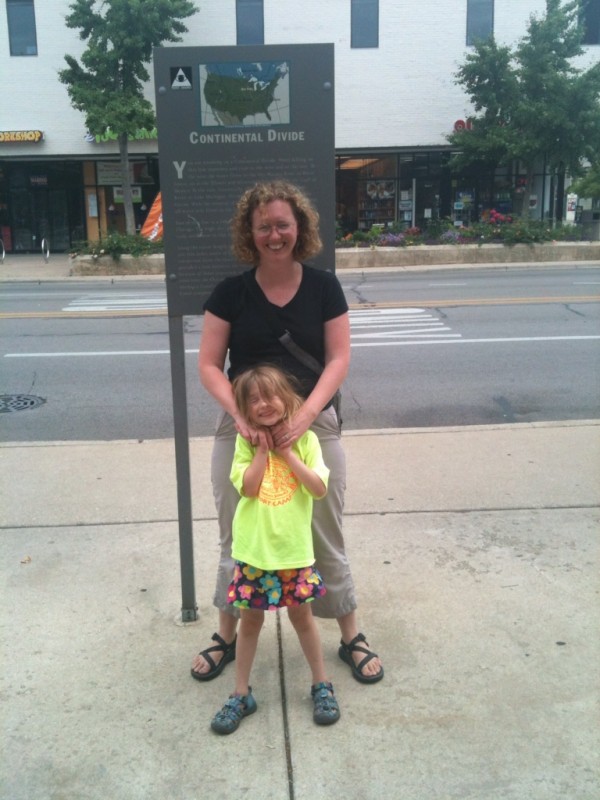![]()
![]() One of the gifts of a geological education (or one of the curses, if you are one of our long-suffering friends) is that our habit of looking for patterns in the landscape – the evidence of past worlds preserved in outcrop and landform, never really switches off. Seriously: take us anywhere, and at some point you’ll be certain to turn around to tell us something only to find us peering distractedly at the ground instead.
One of the gifts of a geological education (or one of the curses, if you are one of our long-suffering friends) is that our habit of looking for patterns in the landscape – the evidence of past worlds preserved in outcrop and landform, never really switches off. Seriously: take us anywhere, and at some point you’ll be certain to turn around to tell us something only to find us peering distractedly at the ground instead.
This is often true even in an urban environments: it turns out that architecture holds a certain fascination for geologists too, due to the widespread use of building stone that might contain cool mineralisation textures or fossils. Lithology, mineralogy, palaeontology, even speculations on provenance can keep us well-entertained. Nonetheless, I think we might have taken things a little too far on our recent wanderings around Oak Park, a west Chicago suburb famous for hosting the world’s highest concentration of buildings designed by the famous American architect Frank Lloyd Wright: because a big reason that we particularly liked the Arthur Heurtley House had less to do with it being one of the earliest examples of Wright’s signature ‘Prairie Style’, and more to do with the corrugated decorative brickwork on the exterior making it look rather like an outcrop of flat-lying, cyclic sediments. Is this a form of geological pareidolia?

A very stratigraphic-looking exterior: the Frank Lloyd Wright-designed Arthur B. Heurtley House, Oak Park, Chicago. Photo: Chris Rowan, 2012.
Of course, we also engaged in a somewhat more traditional act of geological tourism by seeking out the location of the continental divide that is also found in Oak Park. In the picture below, water to Anne’s left flows into the Great Lakes (to be specific, Lake Michigan); water to her right will eventually reach the Mississippi and flow into the Gulf of Mexico.

Anne stands on top of the continental divide that marks the old shoreline of Lake Michigan, Oak Park, Chicago. Photo: Chris Rowan 2012.
This is not the most topographically interesting continental divide ever, to be sure, but its origins are interesting nonetheless: Anne is standing on the roughly 12,000 year-old shoreline of the slightly fuller ancestor of Lake Michigan, which was filled to a higher level at the end of the last glaciation.



Comments (2)